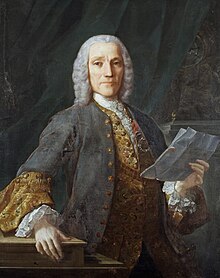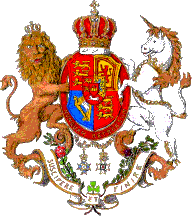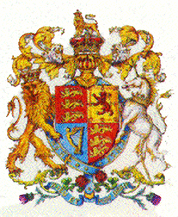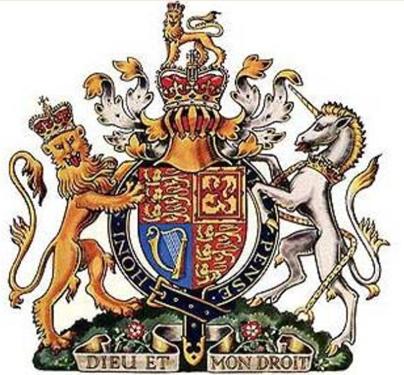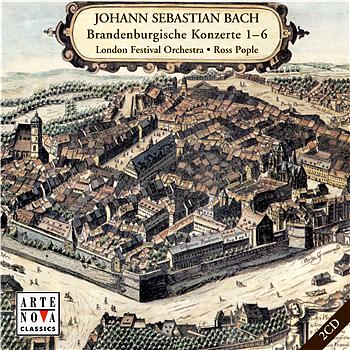Some Other Composers in the Baroque Era
ITALY
Giacomo Carissimi
(1605 – 1674)- one of the most celebrated masters of the early Baroque, or more accurately, the Roman School of music.
** Jephte (1648) - oratorio (神劇)
* 拉丁語歌詞(oratorio latino)
* 六聲部及數字低音(basso continuo) * 於劇場舉行首演
(L) “Cantemus omnes Domino” (齊來為主高歌)
(R) “Plorate filii Israel” (哭吧,以色列的子民)

Giuseppe Tartini
(1692 – 1770)
An Italian baroque composer and violinist.
“Devil's Trill” Sonata

Alessandro Marcello
* Oboe Concerto in C minor
Giovanni Battista Pergolesi
(1710-1736)A highly talented Italian composer, violinist and organist, who died young (age 26) of TB, he is remembered for:
* La serva padrona / The Servant Mistress - opera buffa / comic opera
(L) I. Stabat Mater Dolorosa (聖母瑪利亞悼歌) duet
(R) IV. Quae moerebat et dolebat (她是何等愁苦悲傷) aria
XIII. Amen
* Querelle des bouffons / Quarrel of the Comic Actors
'In the early 1750s, there was a war of words between admirers of Rameau's traditional French style, and admirers of the newly imported Italian style of Pergolesi.
'In the long run, the Italians won, and Rameau's operas finally dropped out of fashion. They were resurrected some 200 years later...'
'In the long run, the Italians won, and Rameau's operas finally dropped out of fashion. They were resurrected some 200 years later...'
(1583-1643)
* II Libro di Toccate / Second Book of Toccatas - Toccata VI
* Fiori musicali / Flowers of Music (organ music for Mass) - Bergamasca
Francesco Geminiani
(1687-1762)
* Sonatas for Violin, Op.1, No.1 - I. Adagio - Presto
Domenico Paradies
(1707-1791)
No.6 of 12 “Sonate de gravicembalo”
[fʁɑ̃swa kupʁɛ̃] (1668 – 1733)
A French Baroque composer, organist and harpsichordist, working for the courts of Louis XIV and Louis XV. He was known as Couperin le Grand ("Couperin the Great") to distinguish him from other members of the musically talented Couperin family.
His most famous and extremely influential book, L'art de toucher le clavecin ("The Art of Harpsichord Playing"), contains suggestions for fingerings, touch, ornamentation and other features of keyboard technique.
In the mid-1700s, Hasse's operas made him famous throughout Europe. His emphasis on beauty rather than complexity paved the way for the Classical style.
His most famous and extremely influential book, L'art de toucher le clavecin ("The Art of Harpsichord Playing"), contains suggestions for fingerings, touch, ornamentation and other features of keyboard technique.
Pièces de Clavecin
* La visionaire / The Visionary
* La misterieuse / The Mysterious One
* La Monflambert (named after the wife of a local councillor)
* La muse victorieuse / The Victorious Muse
[maʁk ɑ̃.twan ʃaʁ.pɑ̃.tje] (1643 – 1704)
- circa 1666, he followed Giacomo Carissimi in Italy for 3 years
- active during the reign of Louis XIV, but never achieved a position at Louis XIV's court
- instead, he produced a wide variety of music for theater and church
* In nativitatem Domini canticum, H.416 (聖誕歌)
- dramatic motet (oratorio)
- in oratorio latino, i.e. Latin; sounds more pleasant in French Latin
- II. Memorare testament (記住承諾)
(1699–1783)
In the mid-1700s, Hasse's operas made him famous throughout Europe. His emphasis on beauty rather than complexity paved the way for the Classical style.
* Artaserse opera
* Cleofide opera
* Lucio Papiro opera
Hasse stages lavish productions at the Dresden Semperoper (opera house built by architect Semper):
(1681 – 1767)
A German Baroque composer and multi-instrumentalist.
* 12 Paris Quartets
* Musique de table
* Bourlesque de Quixotte (Don Quixote)
* 12 Paris Quartets
* Musique de table
* Bourlesque de Quixotte (Don Quixote)
BOHEMIAN-AUSTRIA
(1644-1704)
* Battalia
ENGLAND
* The Silver Swan (a madrigal)
* This is the Record of John (a sacred motet)
Jeremiah Clarke
(c.1674-1707)
Trumpet Voluntary / Prince of Denmark's March
(familiar from wedding ceremonies)
Thomas Augustine Arne
(1710-1778)
(L) Rule, Britannia!
(R) Thomas & Sally (all-sung? comic opera)
William Boyce
(1711-1779)
(L) Trio Sonata No.2
(R) Solomon
“Praise the Lord O Jerusalem”
Coronation Anthem for George III
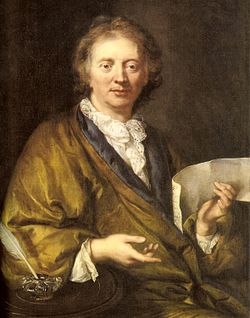

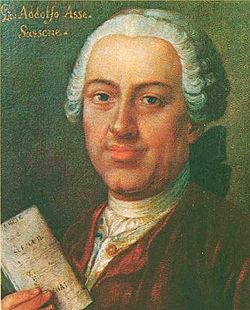


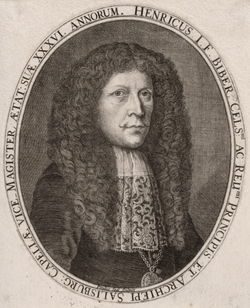


_-_001.jpg/200px-Attribu%C3%A9_%C3%A0_Joseph_Aved,_Portrait_de_Jean-Philippe_Rameau_(vers_1728)_-_001.jpg)
